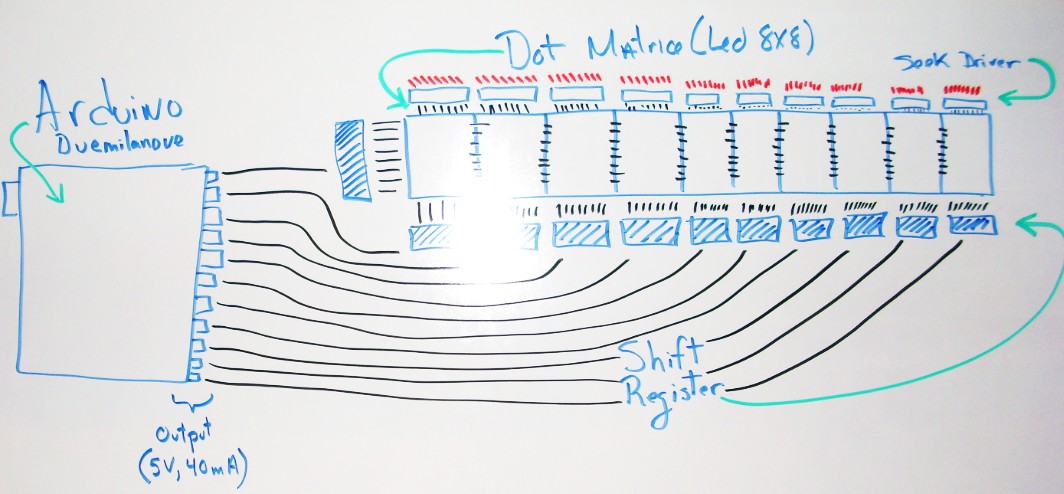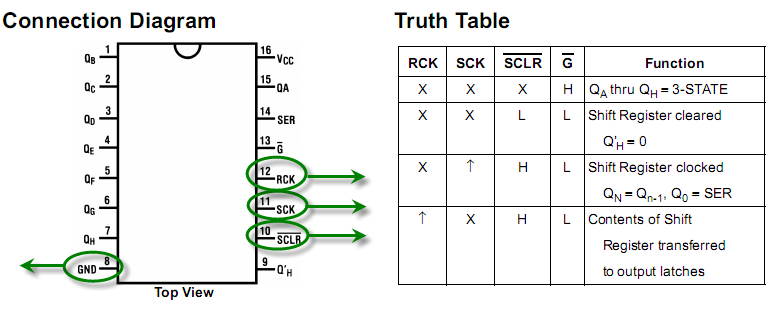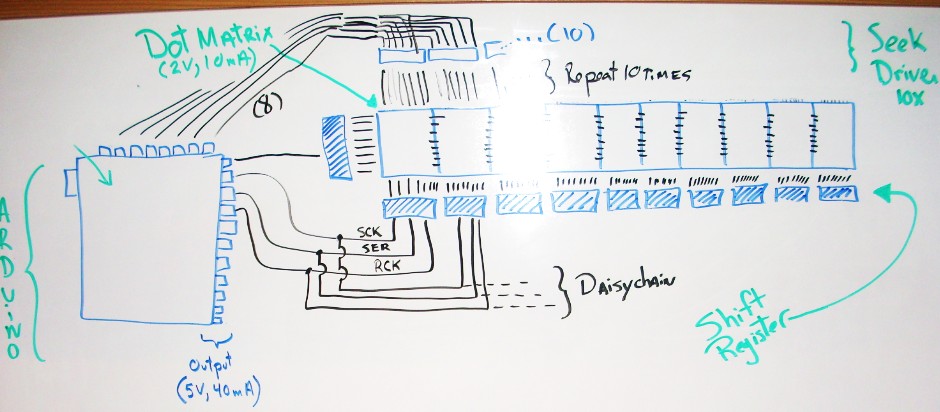- Tue Feb 17, 2009 6:33 am
#66404
Hello,
I am pretty new to this world of electronic. I have a Arduino board and have done some tutorial. Now, I think I am ready to do something a little harder but I need some help to get started.
I have see in this website Instructables a way to do a LED scroll with Led DotMatrix. I have see them in Ebay with a PDF that show me some information about them here. My problem concern the Shift register and the use of what he uses : MIC2981 (drivers, or any other high current, high voltage drivers). I think he use the MIC2981 because it requires higher voltage... but I am not pretty sure to understand.
Can someone give me some hint about it and give me more information about doing this kind of project?
Thank you
I am pretty new to this world of electronic. I have a Arduino board and have done some tutorial. Now, I think I am ready to do something a little harder but I need some help to get started.
I have see in this website Instructables a way to do a LED scroll with Led DotMatrix. I have see them in Ebay with a PDF that show me some information about them here. My problem concern the Shift register and the use of what he uses : MIC2981 (drivers, or any other high current, high voltage drivers). I think he use the MIC2981 because it requires higher voltage... but I am not pretty sure to understand.
Can someone give me some hint about it and give me more information about doing this kind of project?
Thank you



